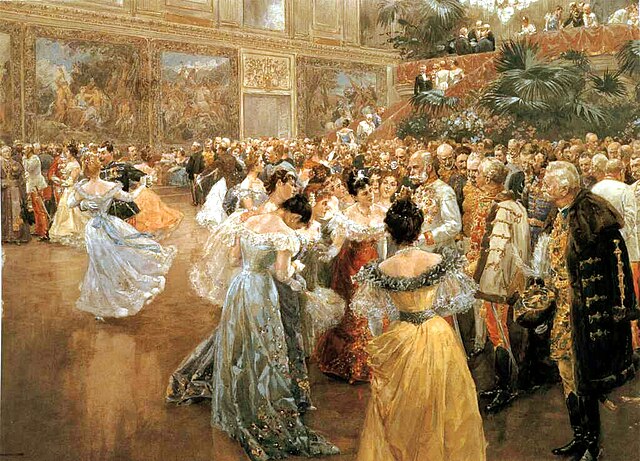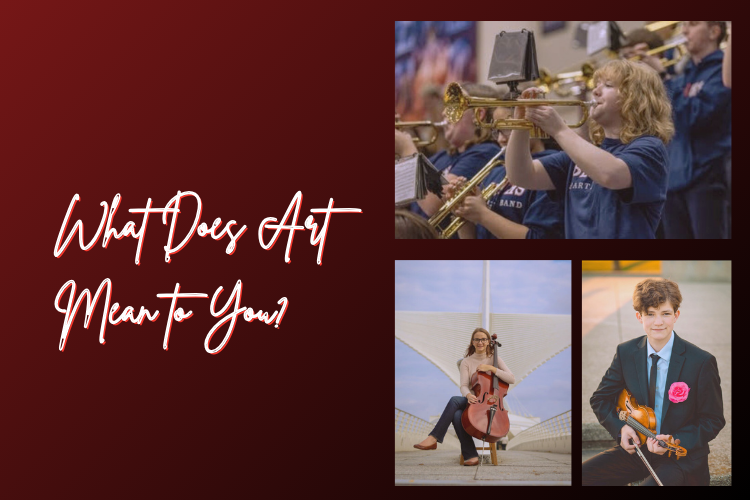Imagine lavish gowns and silky gloves, fetching women and wealthy suitors, blinding chandeliers and grand ballrooms. Think Bridgerton. Set in the early 1800s Regency era. The show depicts the introduction of young women into society, in hopes of finding an affluent husband. To many the tradition may appear archaic, but balls remain prevalent in the modern day.
This past February, The Vienna Opera Ball showcased 180 hand-selected debutantes. The extravagant ball featured debutants donning beautiful Swarovski tiaras and jewelry and contained over 5000 guests. Similarly, Le bal des débutantes graces France annually. Many royals honor the ball, including Princess Lissie Selassie of Ethiopia and Archduchess Ildiko of Austria. There are many other examples of balls held annually throughout Europe and the US.
Further demonstrating the frequency of these galas, numerous TV shows featuring debutante balls have exploded across the media in the past few years. One popular modern example is when Jeremiah escorted Belly down the steps for her debutante ball in The Summer I Turned Pretty. Even 2000s shows like Gilmore Girls, feature similar extravagant galas.
Why do balls continue to be prevalent today when the traditions behind them seem outdated?
The first debutante ball was held in the early 1700s. The tradition evolved in the late 1600s as a result of the Protestant Reformation. The Protestant Reformation ended the practice of cloistered nuns, who were unmarriageable girls. This left the English aristocracy with a daughter problem.
Debutante balls rose from this very need. They provided a “market” because women were seen as commodities — only useful for marriage and childbearing. When young girls were deemed of age, their families would “debut” them into society to find a husband by bringing them to debutante balls. Over the years, as women gained more opportunities in society, some Debutantes such as Eleanor Roosevelt, hated their debut because they felt debutante balls were a way to treat women like objects.
In 1958, Queen Elizabeth II announced that debutantes would not be presented at court any longer due to aims towards forward societal movement. This sparked a decline in participation in debutante balls. However, in the 21st century, a former debutante, Jennie Hallam Peele, worked to revive this old practice. She traveled to numerous elite British schools and hand-selected girls to be debutantes. Then she trained them in etiquette and dance in preparation for this ritual. Through advertisements, sponsors, and invited guests, Peele repopularized grand balls. Commemorating this revival, they made their debut in debutante balls like Le bal de Debutantes.
Why revive this dated custom? Peele sought to reinvent the meaning of debutante balls. She shifted the focus of debutante balls from girls being introduced into society, to teaching business, proper etiquette and networking skills, and fundraising for charities. The ball became theoretically more accessible and no longer exclusive to the elites; it now includes the British upper middle class and debutantes from foreign countries.
However, the expense of being a debutante limits individuals’ participation in balls. Just the cost to be a debutante is thousands of dollars alone, tens of thousands more for grand balls. This does not include the cost of dresses, jewelry, and makeup. Although modern debutante balls do not retain the original sexist purpose, they now merely serve as a way for exclusive groups of families to come together, wear extravagant clothing, and party.
If debutante balls still seem foreign, there are many debutante balls held in Wisconsin. The Kingdom Jewels Debutante ball will be held this May in Wauwatosa with tickets already sold out. Many other debutante balls are held yearly in Milwaukee around November. It makes one wonder, what is the point of having debutante balls? Why are they so decorated in society if they’re just another way for the elite to showcase their riches? But, would you want to become a debutante?








